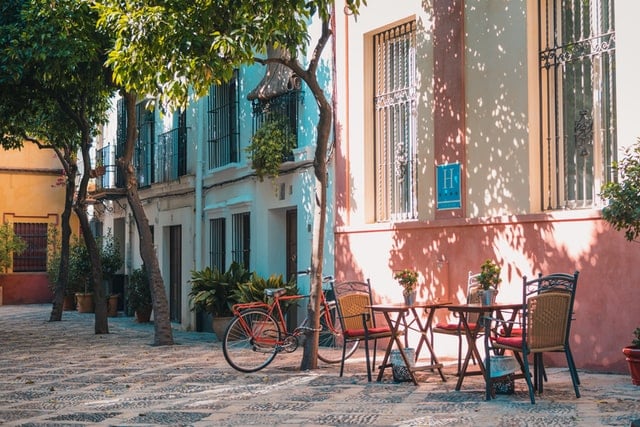Spain is home to some of the world’s best art. Art aficionados from around the globe flock to Spain to visit top museums like the Picasso Museum and the Prado. Most people need to make an entire trip only to view all the gorgeous art pieces on display. The Spanish government has also done their best to preserve the integrity of the art and has taken active steps to ensure the restoration of famous monuments. Many people skip museums when visiting different countries, but it is best to make a detailed itinerary of all the places you need to see.
We mainly advise people to start from the north of Spain and slowly travel downwards visiting each major historical and artistic landmark. Starting at the city of Bilbao is an excellent way to start your art journey in Spain. Always remember, when travelling from one town to another, you should finalize your stay and travel well in advance. Bilbao city apartments offer excellent stays close to the famous Guggenheim museum. When travelling for art, you should find accommodations that are closest to art districts and museums.
Let us look at some of the best art spaces in Spain. Here is our version of the art lovers guide to Spain.
Bilbao: Bilbao is lovingly called the Basque city of Spain. It is the best destination to start the Spanish art trip. Home to globally recognized museums, art galleries, and architecture, Bilbao should be on your bucket list.
- Guggenheim Bilbao – Based in the art district, the Guggenheim museum is the go-to for modern art/ The Atrium has large glass curtain walls that fill the museum with light. It is home to pieces from Rothko, Oteiza, Saura, and Koons. Start your art journey with this magnificent museum, then head to Madrid, and eventually Barcelona.
Madrid: Madrid is famous for its elegant boulevards, manicured parks, entertainment districts, and impressive art collection.
- Museo del Prado – Museo del Prado is one of the points of the famous Golden Triangle. It is known for its rich Renaissance art and religious painting and sculptures. The Museo del Prado also has a massive neo-classical building. This museum is home to the world-famous Francisco Goya collection, Boschs ‘The Garden of Earthly Delights, and Velazquez’s ‘Las Meninas’, a portrayal of the Royal family from the reign of His Highness King Philip IV. You should plan a visit to the museum in the evening when entry is free, and the crowd is less.
- Museo Nacional Centro de Arte Reina Sofia – Named after Queen Sofia, the National Museum opened its doors in 1992 and is home to the world-famous large oil painting ‘Guernica’ by Spanish painter Pablo Picasso. Guernica is a depiction of the Spanish Civil War. The Museo Nacional Centro de Arte Reina Sofía also plays host to the dripping clocks and various collections of notable artist Salvador Dali. The top floor of the museum is excellent for panoramic views of Madrid. If you’re hungry, you could stop at restaurant Nubel and wander the courtyard with its famous aluminium and zinc roof. This museum is a veritable mine of artistic gems with its world-famous exhibitions.
Barcelona: Barcelona is famous for its modernista architecture, gorgeous beaches and artistic history. Filled with museums and art galleries, it is also the home of notable artist Pablo Picasso.
- Museu Nacional d’Art de Catalunya – The National Art Museum of Catalonia has collections spanning more than a thousand years of glorious Renaissance and Romanesque periods, leading to the Gothic collection. You can view works by Canaletto, Titian, and Velazquez, with exquisite furniture pieces by none other than Antoni Gaudi. You can also visit the rooftop for excellent views of the city and beyond. The exterior facades and gardens alone are drool-worthy and make for beautiful pictures.
- The Basílica de la Sagrada Família – The 560 ft tall La Sagrada Familia Cathedral is still under construction from the time of Antoni Gaudi. The construction started in 1882 and has a tentative completion date of 2026. The structure has progressed at a snail pace owing to the Spanish Civil War and unrest. In 1936, many of Gaudi’s original plans were destroyed, leading to a further construction delay of 16 years. Visit the Sagrada Familia to see the marvel of Gaudi’s incorporation of natural imagery with everyday views of pillars, trees, and fruits. Some tourists have been known to get stunned at Gaudi’s inherent connections between the natural world and the divine.
